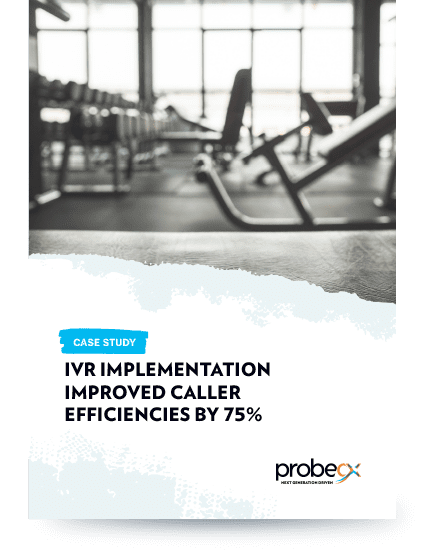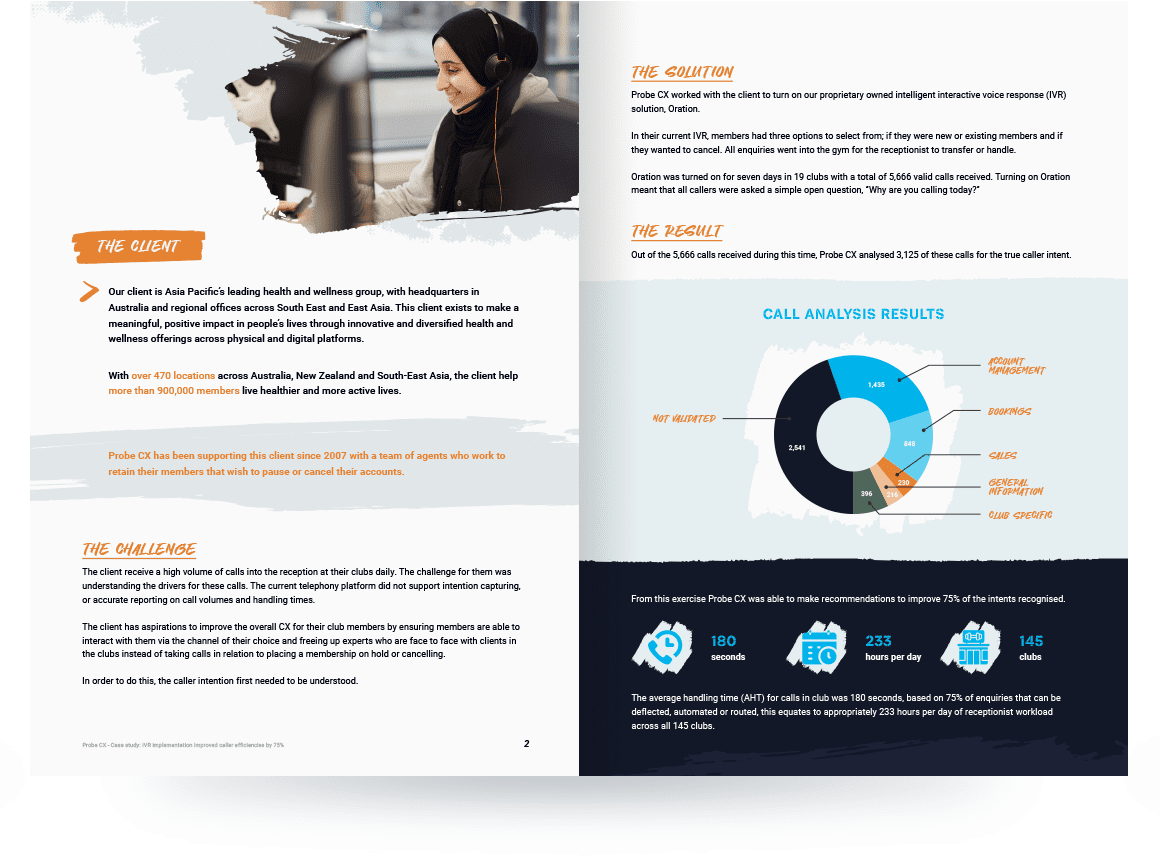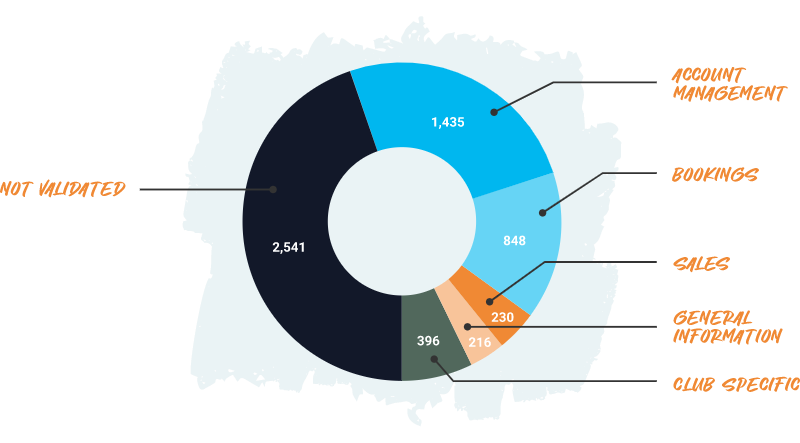Download this case study to learn:
Probe CX is a tech-powered, global customer experience organization that amplifies human capabilities with technological excellence.
As an industry-leading CX and digital transformation provider, Probe CX has a resume to match any of our competition.
Industry-recognized certifications to protect what matters most to our clients and their customers.
Over 19,000 team members delivering exceptional customer experiences across four countries.
We help our clients become modern digital organizations by combining the latest technology with people, process and data.
Meet the team with unmatched experience committed to helping organizations create environments for digitally-enabled CX to thrive.
A leading energy and gas industry retailer required support with credit collection activities and help to optimize their KMS.

A leading health and wellness groups, with over 900,000 members nationally, wanted to understand the driver behind the high volume of calls they received to identify ways they could improve their customer experience.

In this case study, you will learn:
How the implementation of a virtual agent:
Download now for these insights and more.



Our client is Asia Pacific’s leading health and wellness group, with headquarters in Australia and regional offices across South East and East Asia. This client exists to make a meaningful, positive impact in people’s lives through innovative and diversified health and wellness offerings across physical and digital platforms.
With over 470 locations across Asia Pacific, the client help more than 900,000 members live healthier and more active lives.
Probe CX has been supporting this client since 2007 with a team of agents who work to retain their members that wish to pause or cancel their accounts.
The client receive a high volume of calls into the reception at their clubs daily. The challenge for them was understanding the drivers for these calls. The current telephony platform did not support intention capturing, or accurate reporting on call volumes and handling times. The client has aspirations to improve the overall CX for their club members by ensuring members are able to interact with them via the channel of their choice and freeing up experts who are face to face with clients in the clubs instead of taking calls in relation to placing a membership on hold or cancelling. In order to do this, the caller intention first needed to be understood.
Probe CX worked with the client to implement Oration by Convai, a contact center plug-in interactive voice response (IVR) solution.
In their current IVR, members had three options to select from; if they were new or existing members and if they wanted to cancel. All inquiries went into the gym for the receptionist to transfer or handle.
Oration was turned on for seven days in 19 clubs with a total of 5,666 valid calls received. Turning on Oration meant that all callers were asked a simple open question, “Why are you calling today?”.
Out of the 5,666 calls received during this time, Probe CX analyzed 3,125 of these calls for the true caller intent.


180
seconds

233
hours per day

145
clubs
The average handling time (AHT) for calls in club was 180 seconds, based on 75% of inquiries that can be deflected, automated or routed, this equates to appropriately 233 hours per day of receptionist workload across all 145 clubs.
FROM THIS EXERCISE PROBE CX WAS ABLE TO MAKE A RANGE OF RECOMMENDATIONS:



© Copyright 2025 Probe CX | ProbeCX is a proudly owned subsidiary of Probe Group
Privacy Policy | Responsible AI Policy | Financial Hardship Policy | Whistleblower Policy | Complaints Procedure | Supplier Code of Conduct
